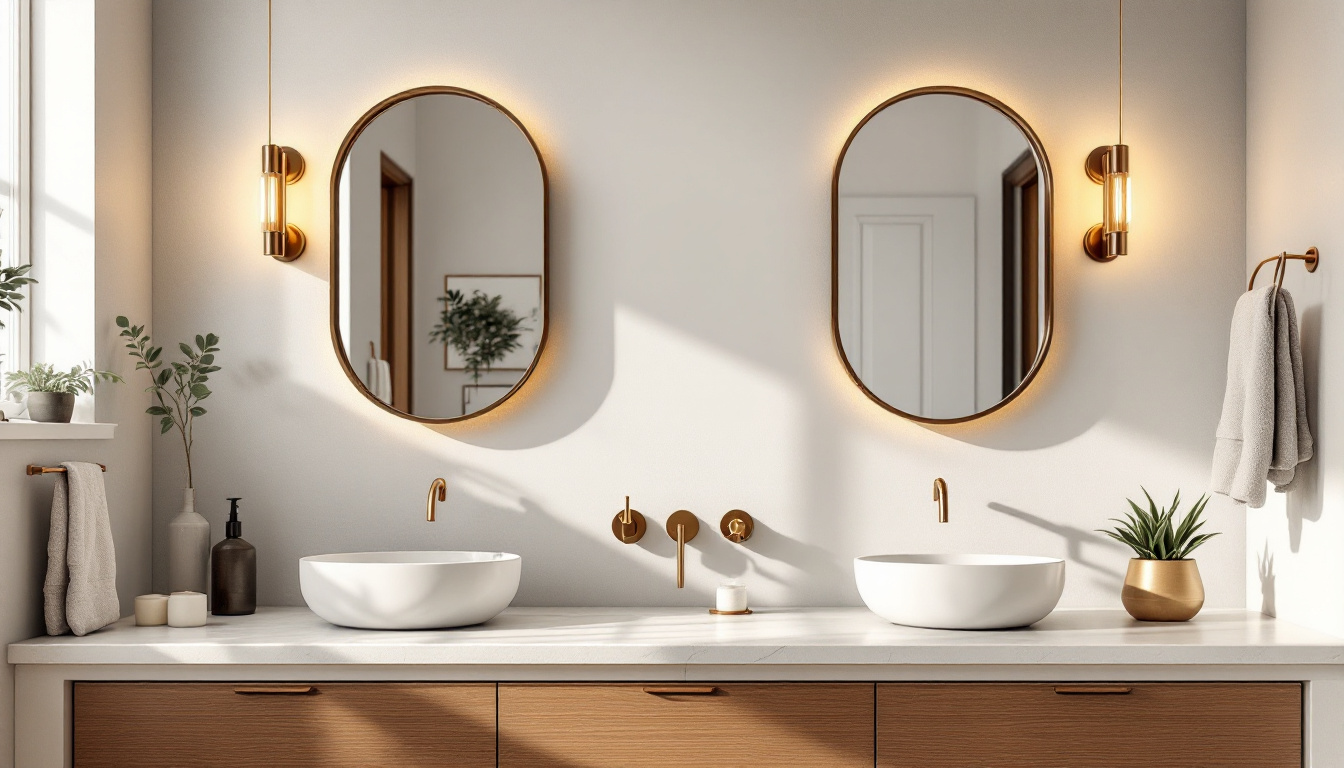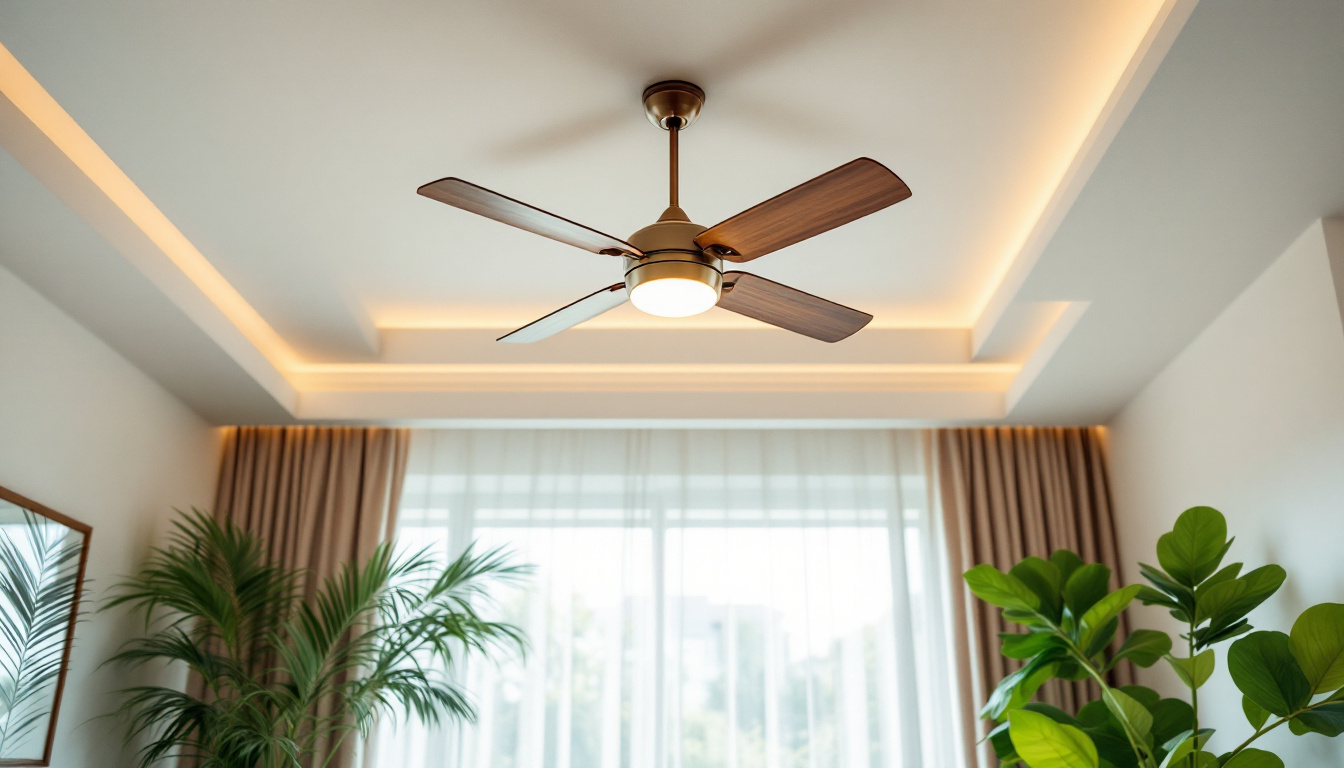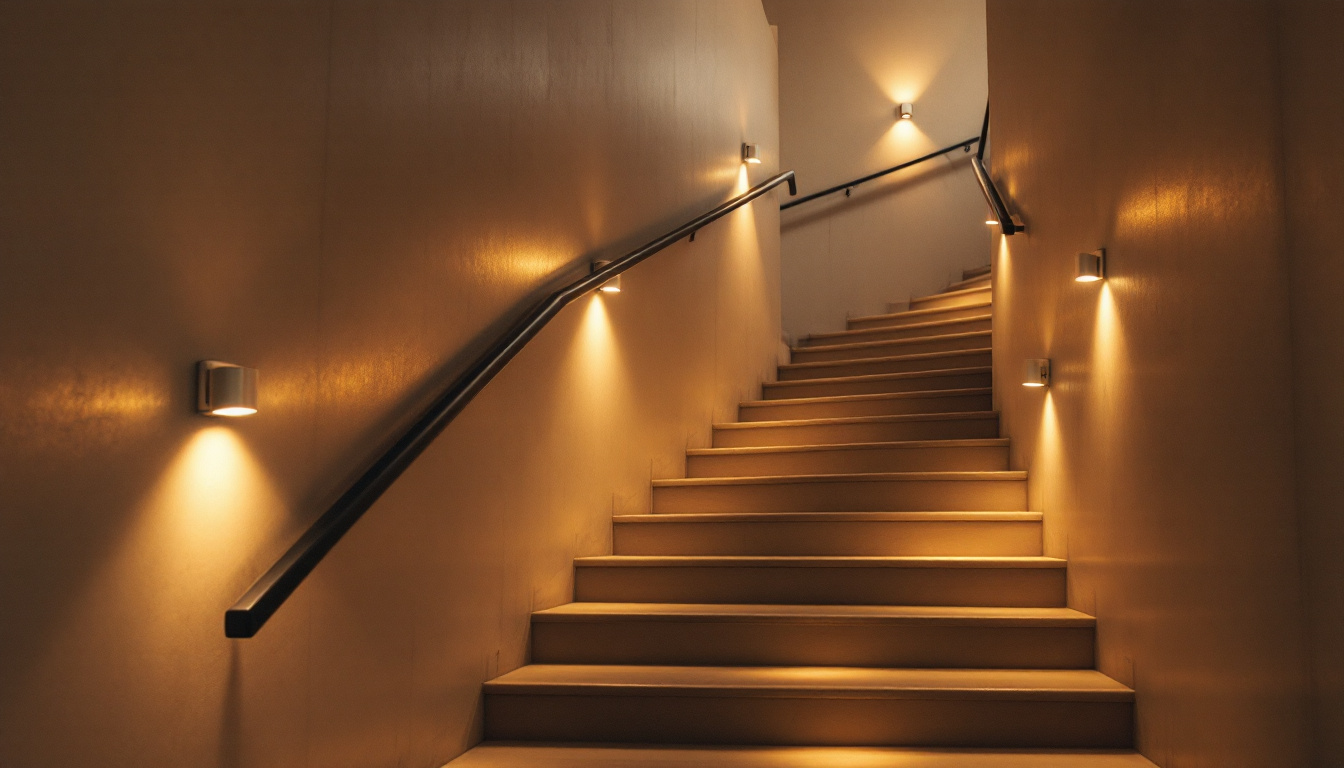
bathroom vanity lighting is not just about aesthetics; it plays a crucial role in functionality and safety. For lighting contractors, understanding the nuances of this specific lighting category can significantly impact the quality of their work and the satisfaction of their clients. Properly designed lighting can enhance the overall ambiance of the bathroom while providing essential illumination for grooming tasks.
In many homes, the bathroom serves as a personal sanctuary. As such, the lighting should create a welcoming atmosphere while ensuring that users can perform daily tasks with ease. This balance between style and practicality is where lighting contractors can make a significant difference. The right lighting can transform a mundane bathroom into a spa-like retreat, encouraging relaxation and self-care. By incorporating layers of light—ambient, task, and accent—contractors can create a dynamic space that meets the diverse needs of its users.
When it comes to bathroom vanity lighting, there are several types of fixtures to consider. Each type serves a unique purpose and can dramatically affect the overall look and functionality of the space. Common options include wall-mounted sconces, overhead fixtures, and LED strip lighting.
Wall-mounted sconces are particularly popular for their versatility. They can be installed on either side of the mirror to provide even illumination, reducing shadows that can make grooming tasks challenging. Overhead fixtures, on the other hand, can serve as a primary light source, providing general illumination for the entire bathroom. Additionally, LED strip lighting can be used creatively to highlight architectural features or to provide subtle backlighting around mirrors, enhancing the visual appeal of the space while ensuring adequate light for daily routines.
The choice of bulbs is another critical factor in bathroom vanity lighting. LED bulbs are often favored due to their energy efficiency and longevity. They also come in various color temperatures, allowing contractors to select the perfect ambiance for their clients.
For vanity lighting, a color temperature between 2700K and 3000K is generally recommended. This range offers a warm, inviting glow that mimics natural light, making it ideal for tasks like applying makeup or shaving. Additionally, dimmable options can provide flexibility, allowing users to adjust the brightness according to their needs. It’s also worth considering the Color Rendering Index (CRI) of the bulbs; a higher CRI ensures that colors appear more accurately, which is particularly important in a space where personal grooming takes place. By selecting the right combination of bulbs and fixtures, contractors can elevate the bathroom experience, making it both functional and aesthetically pleasing.
Design plays a pivotal role in the effectiveness of bathroom vanity lighting. When selecting fixtures, lighting contractors must consider the overall style of the bathroom, the size of the space, and the specific needs of the client.
For instance, a modern bathroom may benefit from sleek, minimalist fixtures, while a more traditional space might call for ornate designs. The size of the vanity and the height of the ceiling can also influence fixture selection. Larger vanities may require multiple fixtures or larger sconces to ensure adequate lighting, while smaller spaces might benefit from compact designs.
Proper height and placement of lighting fixtures are essential for both functionality and aesthetics. Generally, sconces should be mounted at eye level, typically 60 to 65 inches from the floor. This height helps to minimize shadows and provides even lighting across the face.
For overhead fixtures, positioning is equally important. They should be centered above the vanity and installed at a height that provides ample illumination without being too harsh. A good rule of thumb is to install overhead fixtures approximately 75 to 80 inches above the floor, ensuring that they are out of reach but still effective.
Layering light is a technique that involves combining different types of lighting to create a well-rounded illumination scheme. In a bathroom, this can include ambient, task, and accent lighting. ambient lighting provides general illumination, while task lighting focuses on specific areas, such as the vanity.
Accent lighting can be used to highlight architectural features or decorative elements within the bathroom. By incorporating all three types of lighting, contractors can create a dynamic and inviting space that meets both functional and aesthetic needs.
Safety is paramount when it comes to bathroom lighting. Given the presence of water and moisture, it is essential to select fixtures that are rated for damp or wet locations. This ensures that the lighting will function safely and effectively in a potentially hazardous environment.
Lighting contractors should also be familiar with local building codes and regulations regarding bathroom lighting. Compliance with these codes is not only a legal requirement but also a critical aspect of ensuring the safety and satisfaction of clients.
When selecting fixtures for areas near sinks, showers, or tubs, it is crucial to choose products that are specifically designed for wet or damp locations. These fixtures are built to withstand moisture and prevent electrical hazards.
For instance, recessed lighting can be an excellent option for wet areas, as long as it is rated for such use. Additionally, wall sconces that are sealed and rated for damp environments can provide both style and safety.
Electrical considerations are vital for any lighting installation, particularly in bathrooms where moisture levels can be high. Contractors should ensure that all wiring is up to code and that fixtures are properly grounded. Using GFCI (Ground Fault Circuit Interrupter) outlets is also essential for preventing electrical shocks in wet areas.
Furthermore, it is advisable to consult with a licensed electrician when installing new fixtures or making significant changes to existing lighting systems. This ensures that all electrical work is performed safely and in compliance with local regulations.
Staying updated with the latest trends in bathroom vanity lighting can help contractors offer clients the most current and stylish options. Trends often shift, influenced by design innovations, technological advancements, and changing consumer preferences.
One prominent trend is the use of smart lighting solutions. These fixtures allow users to control brightness and color temperature through mobile apps or voice commands, adding convenience and customization to the bathroom experience. Additionally, the integration of LED technology continues to gain popularity due to its energy efficiency and versatility.
Vintage and industrial styles have made a significant comeback in bathroom design. Fixtures that feature exposed bulbs, antique finishes, and unique shapes can add character and charm to a bathroom vanity. Lighting contractors should consider these styles when discussing options with clients looking to create a distinctive look.
Incorporating vintage-inspired fixtures can also create a sense of nostalgia, while industrial designs can lend a modern edge. Both styles can be adapted to suit various bathroom aesthetics, making them appealing choices for a wide range of clients.
As sustainability becomes increasingly important to consumers, eco-friendly lighting options are gaining traction. Many manufacturers now offer fixtures made from recycled materials or those that are designed to minimize energy consumption.
Contractors should be prepared to discuss these options with clients who prioritize sustainability. By offering eco-friendly lighting solutions, contractors can not only meet the demands of environmentally conscious consumers but also contribute to a more sustainable future.
Proper installation is crucial for ensuring that bathroom vanity lighting functions effectively and safely. Lighting contractors should follow best practices to ensure a successful installation process.
First, it is essential to carefully plan the layout of the fixtures. This includes determining the optimal placement and ensuring that all fixtures are adequately spaced to provide even illumination. Taking accurate measurements and considering the height of the vanity are also critical steps in the planning process.
Once the fixtures are installed, testing and adjusting the lighting levels is an important step. This allows contractors to ensure that the lighting meets the client’s needs and preferences. Dimmer switches can be a valuable addition, providing users with the flexibility to adjust brightness according to different tasks or moods.
Contractors should also encourage clients to test the lighting at various times of day to see how it performs in different lighting conditions. This feedback can be invaluable for making any necessary adjustments and ensuring client satisfaction.
After installation, providing clients with maintenance tips can enhance their experience and prolong the life of the fixtures. Simple tasks such as dusting the fixtures regularly and checking for any signs of wear can help maintain optimal performance.
Contractors should also inform clients about the importance of using the correct bulbs and avoiding overloading circuits. Educating clients on these aspects can lead to fewer issues and a more enjoyable lighting experience.
Bathroom vanity lighting is a critical component of any bathroom design, and lighting contractors play a vital role in ensuring that it is executed effectively. By understanding the various types of fixtures, design considerations, safety requirements, and current trends, contractors can provide exceptional service and deliver results that meet their clients’ needs.
From selecting the right fixtures to ensuring proper installation and maintenance, every aspect of bathroom vanity lighting contributes to the overall functionality and aesthetic of the space. By staying informed and adapting to changing trends, lighting contractors can enhance their skills and offer valuable insights to their clients, ultimately leading to successful projects and satisfied customers.
Ready to elevate your bathroom vanity projects with the finest lighting fixtures available? Look no further than LumenWholesale. Our extensive collection of spec-grade lighting products combines quality and affordability to meet the high standards of lighting contractors like you. With unbeatable wholesale prices and the convenience of free shipping on bulk orders, you can trust us to provide the value and performance you need for every installation. Don’t compromise on quality or price. Discover the best wholesale lighting value today and bring your clients’ visions to life with LumenWholesale.

Discover expert tips and innovative ideas for lighting contractors to enhance spaces with beautiful ceiling fans.

Discover the essential guide to stairwell lighting with LED solutions tailored for lighting contractors.

Explore how selling light fixtures can significantly impact the profitability of lighting contractors.

Discover essential tips and strategies to prevent expensive errors in your lighting projects.